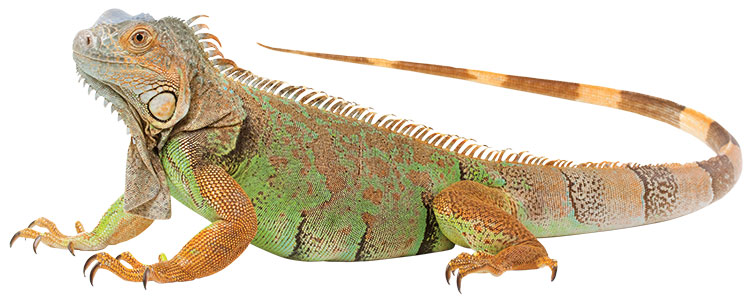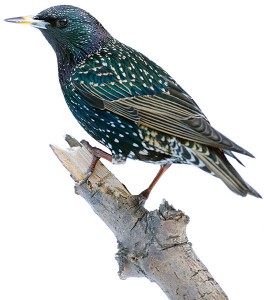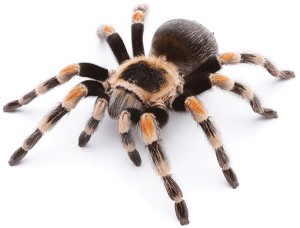Pest management professionals know a need for wildlife management exits. Choose carefully when deciding what wildlife to manage.

Photo: ©iStock.com/asbe
Environmental groups are promoting the establishment of natural preserves on individuals’ properties. Commercial properties are developing wetlands and bird sanctuaries.
I am a strong proponent of it: On my small piece of Florida property are two small ponds with fish and turtles. Planting specific shrubs and flowers also attract butterflies and other pollinators.
Doing this invites raccoons, opossums, toads, frogs, snakes and rodents, including roof rats and squirrels. There are also plenty of alligators and armadillos. Recently, monk parrots, iguanas, turkey vultures, Burmese pythons and coyotes spread into our town, the last of which snatched a few pet dogs.
To be a wildlife management specialist, you have to walk softly and carry a big stick. Deciding what wildlife you manage and what wildlife you leave alone is a sensitive, delicate balance. The public screams for more nature, but only the nature it wants.
Several cities nationwide are looking to go green. Gardens, forests and ponds are constructed on apartment building rooftops. Migrating birds rest on these rooftops on their way north and again on the way south. Honey bee hives are intentionally established on rooftops. Now we have a pollinator issue.
How about individuals in some cities raising a few organic chickens downtown? They can then “establish” a farm and request a tax credit.
Never a dull moment

Photo: ©iStock.com/Andrew_Howe
Increasingly, pest management professionals (PMPs) are offering specialty wildlife management programs. Here are a few examples of what some have seen and experienced in the field:
- Turkey vultures on oil and fracking platforms;
- Deer invading a 100-acre fenced estate;
- Pigeons and starlings invading malls and big box stores;
- Bird droppings in attics and on playgrounds;
- Squirrels, rats and birds damaging solar panels;
- Iguanas sunning on airport runways, resting on boats in marinas and loafing on top of screened swimming pools (their droppings are plentiful);
- Feral hogs in the Southeastern United States; “Hog wranglers” in Texas get paid to shoot them, in Georgia you’re allowed to hunt them at night and in Florida trapping is the primary method of control; and
- Bats, which are protected during the breeding season. The resulting offspring go off on their own. Learn when the breeding period occurs in each state before you can do any bat-proofing.
Real Danger
The dangers from disease organisms associated with wildlife, as well as the dangers associated with being bitten, scratched or mauled, are real. You just don’t hang a shingle, get a license and — Poof! — become a wildlife specialist. It requires intense training. Some PMPs start by purchasing a small wildlife company or hiring well-known local trappers.
Practical Bird Control
I’ll close with a practical integrated pest management (IPM) tip for managing a starling flock roosting in trees where people are getting pelted with bird droppings in the early morning hours. I’ve mentioned it in past columns, but it bears repeating: Cut about 20 percent of the branches, and the entire flock will leave. There won’t be enough space for birds to roost because starlings cluster at night as a tight flock. They’ll fly elsewhere.
Pet threats

Photo: ©iStock.com/Okea
Many emergency wildlife calls come from desperate exotic pet owners. Here are some emergency calls I’ve been on:
- A pet tarantula escaped in a house, and the family wanted it back alive and unharmed. I carefully coached it back into a container with a stick. In this scenario, one must be careful with the stick because a harsh scrape can split the tarantula’s abdomen.
- A pet teddy bear hamster escaped to the basement of a home. I was asked to come help catch it.
- My assistance was called for when two pet turtles crawled out of their cage and became stuck under a refrigerator.
- A pet potbelly pig with bed bugs was responsible for bringing the parasites into the customer’s master bedroom.
- Guests of a high-rise hotel brought two python snakes with them, which they left overnight in the room’s bathtub. When the owner woke up the next morning, only one could be found. The other disappeared. I was asked to come capture it.
Contact Dr. Austin M. Frishman, a PMP Hall of Famer, at PMPEditor@northcoastmedia.net.
Leave A Comment